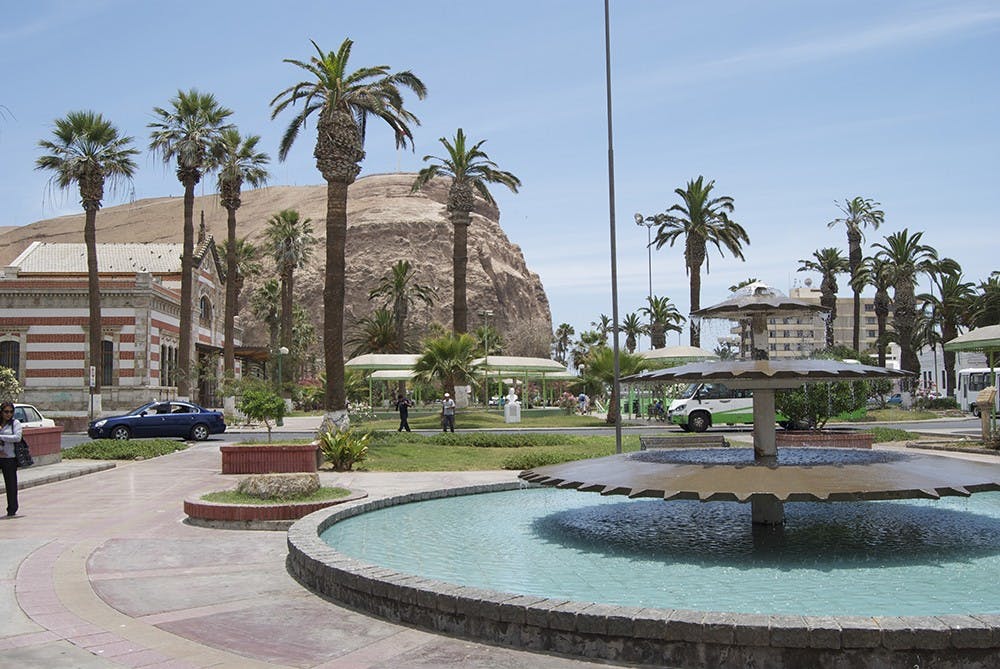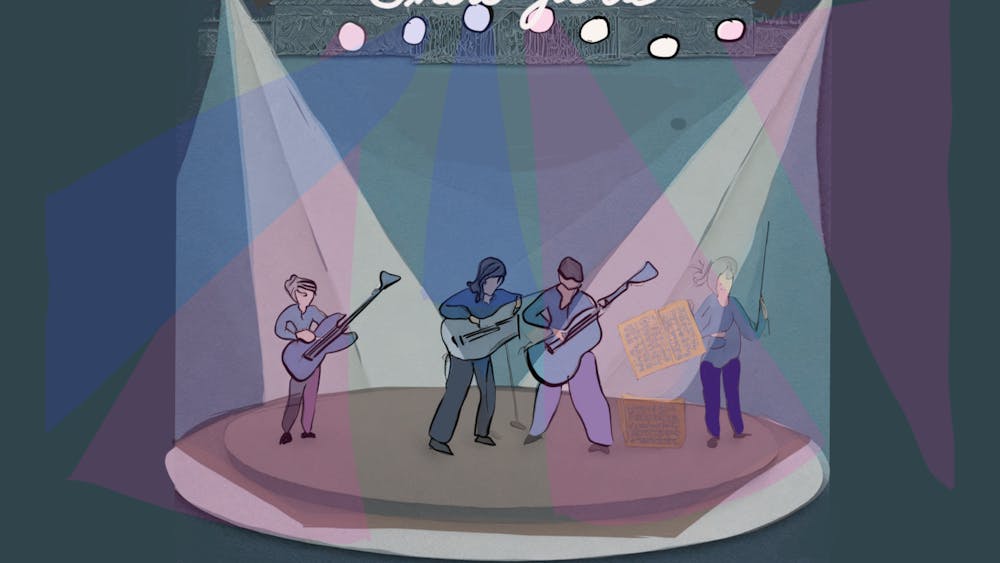It’s truly hard to believe that my last week in South America has arrived. As I sit underneath a glowing sun, my feet pointed toward the Pacific Ocean, my heart grieves at the thought of the chilly winter I know awaits me back home.
For the past week, I’ve been in Arica, Chile, a coastal city in the Atacama ?Desert.
Every day the sun shines brightly, and there is always a brisk sea breeze blowing, keeping everyone cool and the humidity at bay.
It is called the city of “eternal spring.” According to my hostel owner, Franklin Bright, a California native and Vietnam War veteran, it never rains in Arica, and he’s never seen it get below 55 degrees.
As I’ve been enjoying the incredible weather, learning how to surf and exploring the city, I’ve discovered it has a rich history and is a huge point of pride for a lot of Chileans.
Arica is Chile’s northernmost city and used to be a part of Peru. The city functions as an important port for an expansive inland region of South America. Its advantageous location made it much coveted.
Peru lost Arica to Chile following the War of the Pacific. The Treaty of Ancón, signed in 1883, officially relinquished control of the city to the Chileans.
Today, on top of the “Morro,” a steep hill in Arica, sits a museum detailing the War of the Pacific and Chile’s involvement.
There is a large statue of Jesus Christ on top of the Morro with his arms stretched out to the Pacific.
Upon further exploring, I discovered that the Museo Arqueológico de San Miguel de Azapa in Arica is home to some of the oldest examples of artificially mummified human remains in the world, the Chinchorro mummies.
The Chinchorro culture, found in the coastal regions of northern Chile and southern Peru, were a fishing people known for their ?elaborate mummification process that lasted for thousands of years.
Turns out, South American mummies are quite a bit older than the Egyptian mummies.
While the mummies discovered in Egypt were dated about 3,000 B.C., the oldest mummy from the Atacama was dated about 7,020 B.C.
The oldest discovered Chinchorro mummy was dated about 5,050 B.C. It was a child found about 60 miles south of Arica in the Camarones Valley.
Though this week of exploring, learning about mummies and traveling has been interesting, and I have learned a lot about the culture and history surrounding Arica, it has been a bit scary at times, being a lone traveler.
Still, I will remember my trip to Arica as one of my favorites, as I’ve made more Chilean friends and friends from all over the world through surfing, another hobby I’ve picked up here in Arica.
Yes, I am going to miss this country very much. I am going to miss all the new friends I’ve made and might never see again. I’m going to miss the smell of the Pacific Ocean. I’m going to miss bustling to class in Santiago. I’m really going to miss traditional Chilean food such as empanadas and ?choripan.
Looking back now, I see there were some rough points, some points I really wanted to give up and go home.
Now that I’m at the end, however, I’m glad I stuck with it.
If I hadn’t, I would’ve missed out on so much.
I would’ve missed out on this experience of a lifetime.
Now, though my sights are set for home, I will look back and remember all the sunny days I spent in Chile, all the wonderful memories I made here and dream of the day I get to go back.






